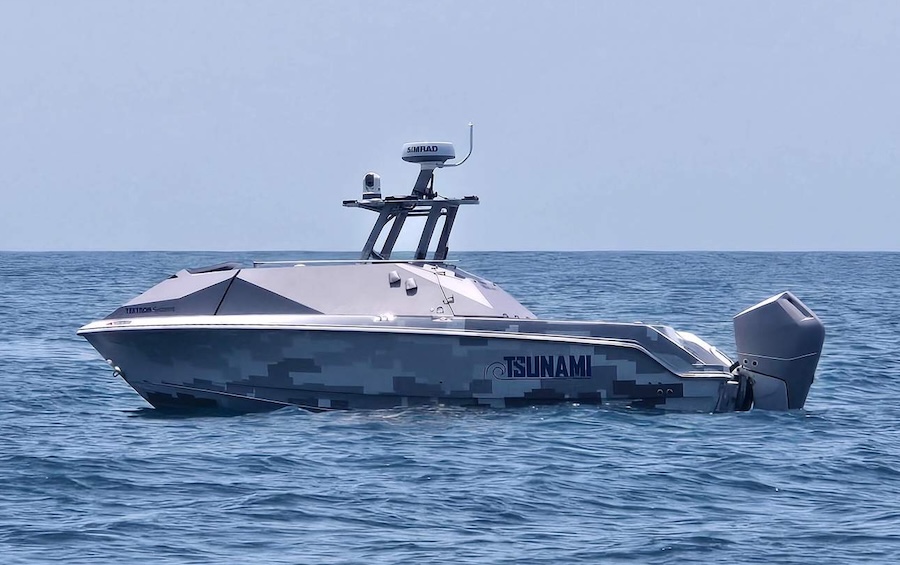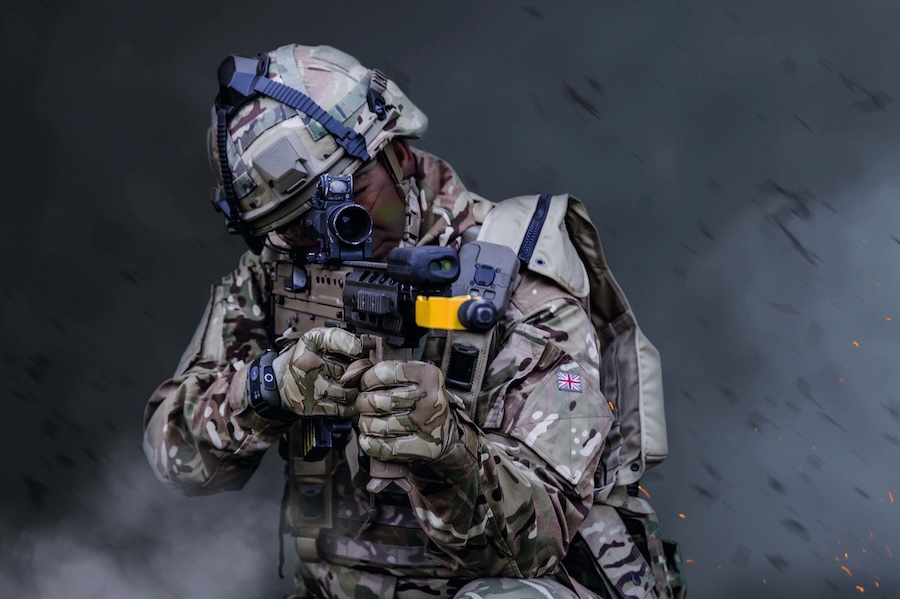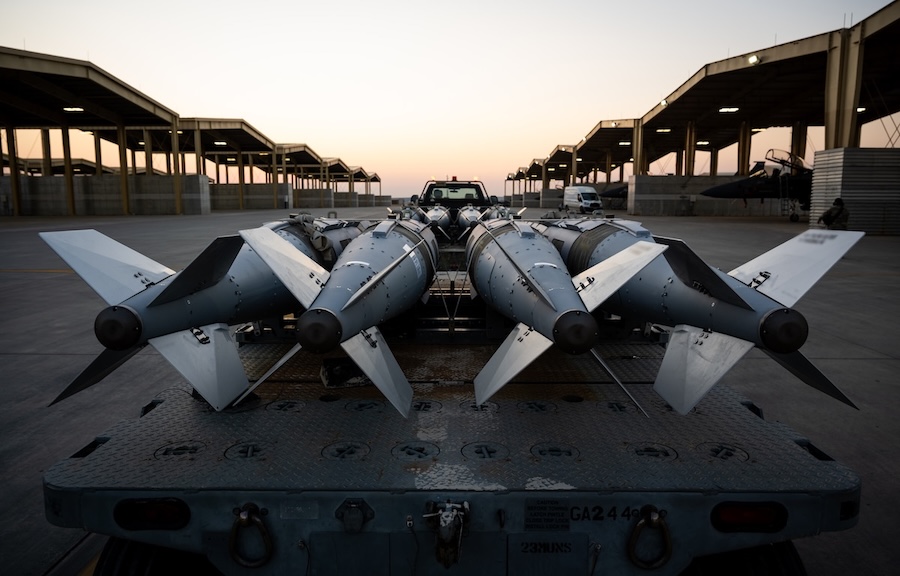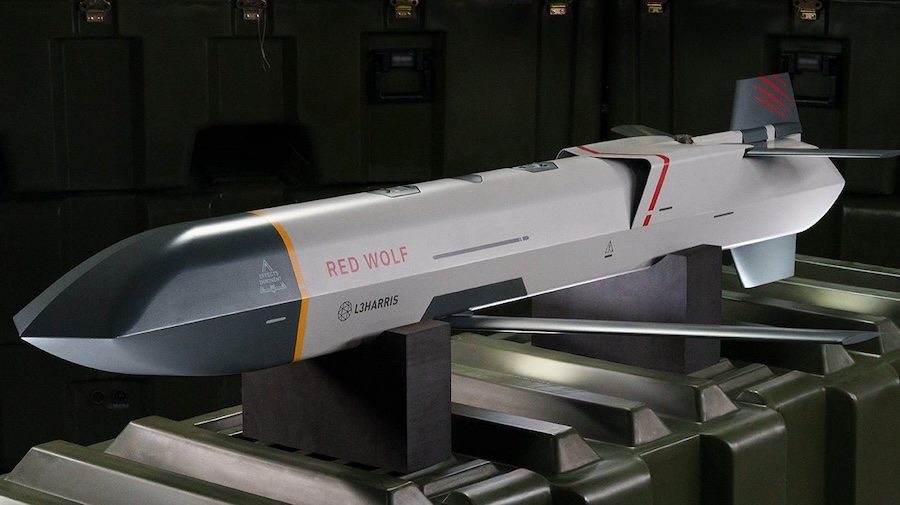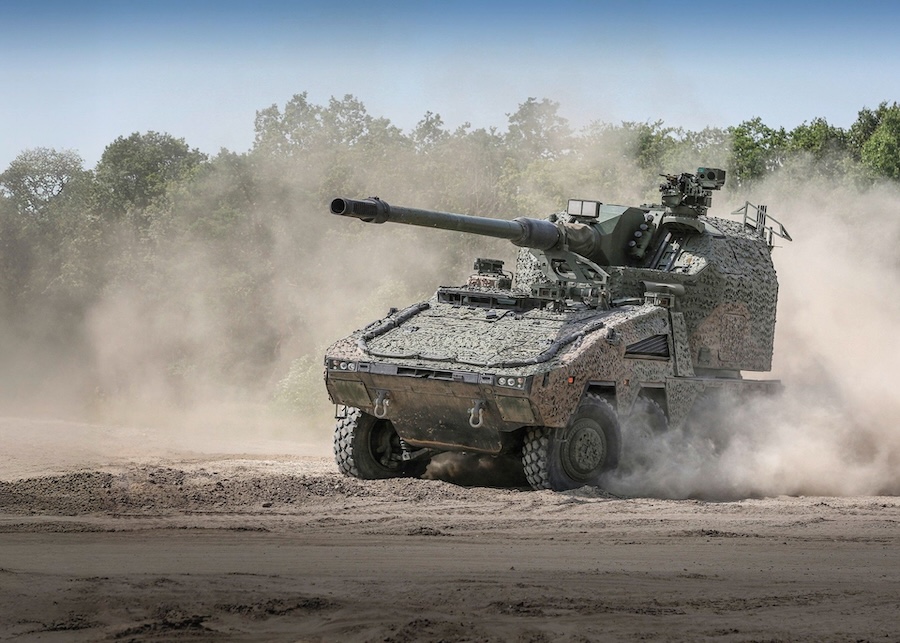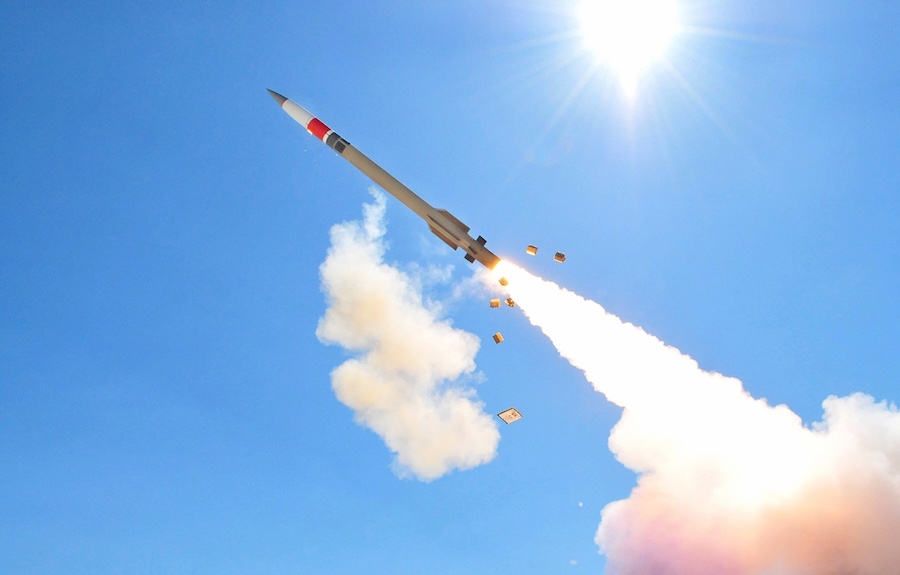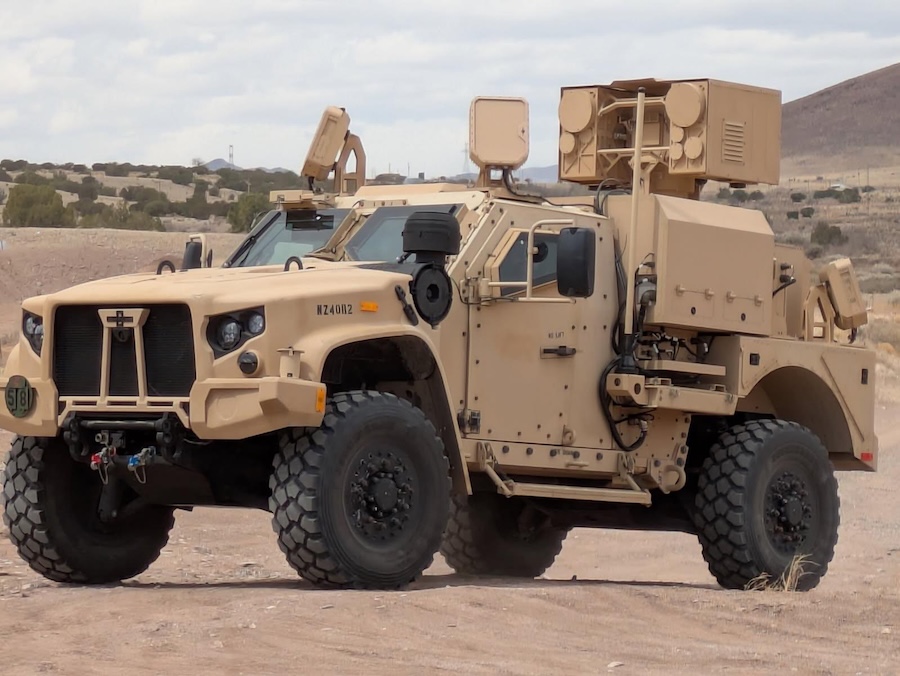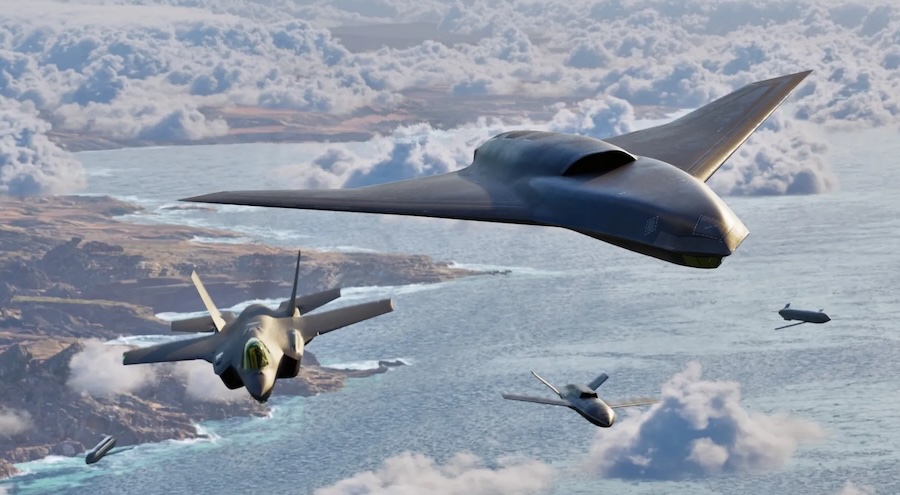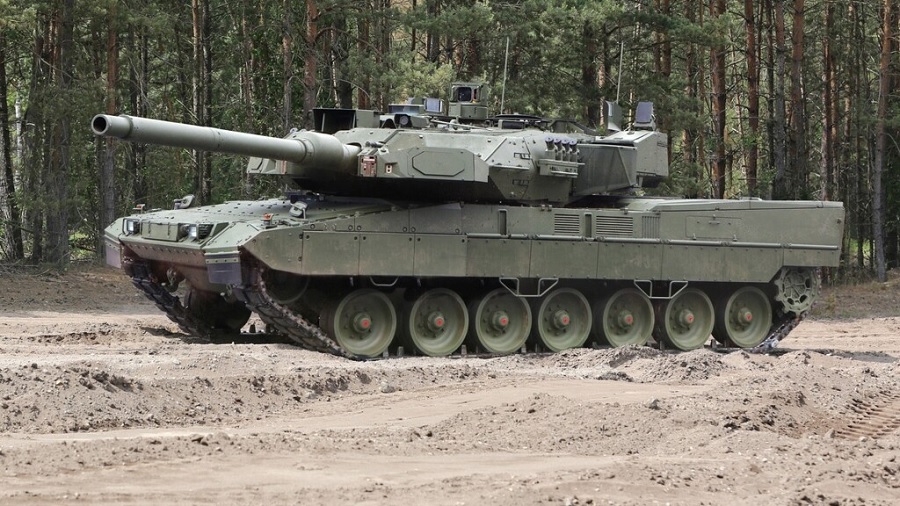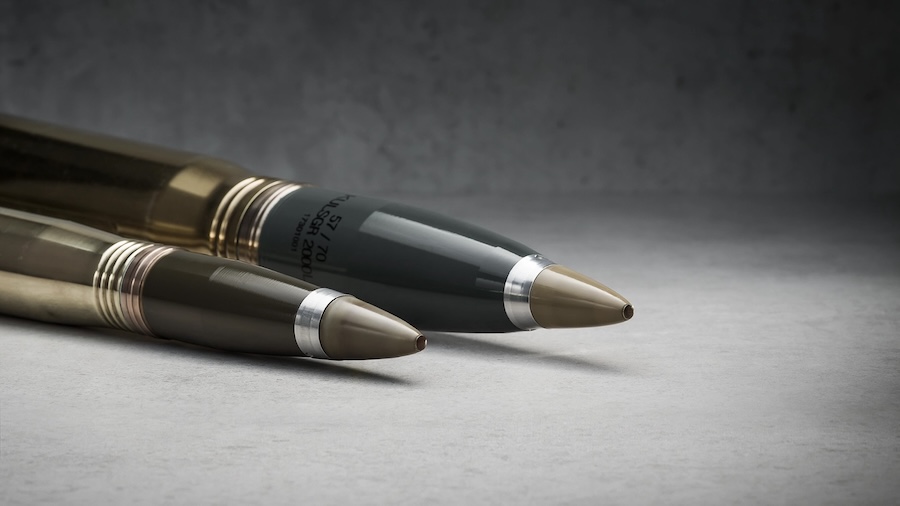The majority of the UGVs confirmed their payload capacity and demonstrated sustained high performance over long distances. The trials were designed to evaluate both technical reliability and battlefield readiness in realistic scenarios.

Unlike aerial drones, UGVs can carry much heavier payloads, such as ammunition, supplies, and explosives, making them well suited to complex battlefield tasks. They are also highly versatile, with roles including reconnaissance, precision strikes, mine deployment and clearance, and static defence.
The tests highlighted the importance of mobility and advanced communication systems for operating in difficult terrain over extended ranges. According to Brave1, “These trials tested exactly those capabilities,” confirming the ground drones’ ability to function in the most demanding environments.
Engineers and specialists from Ukraine’s Security and Defence Forces took part to support the integration of UGVs into active military operations. Many of the tested drones are already being used by frontline units, including the 3rd, 5th, and 92nd Separate Assault Brigades, National Guard units like Khartiia, and special forces such as the Defence Intelligence of Ukraine and the Security Service’s Center of Special Operations “A”.
Looking ahead, the next phase will focus on developing tactics for using UGVs in logistics and casualty evacuation. Brave1 also aims to define a concept for combat robots that strikes an optimal balance between mobility and firepower.
Source: Brave1.













